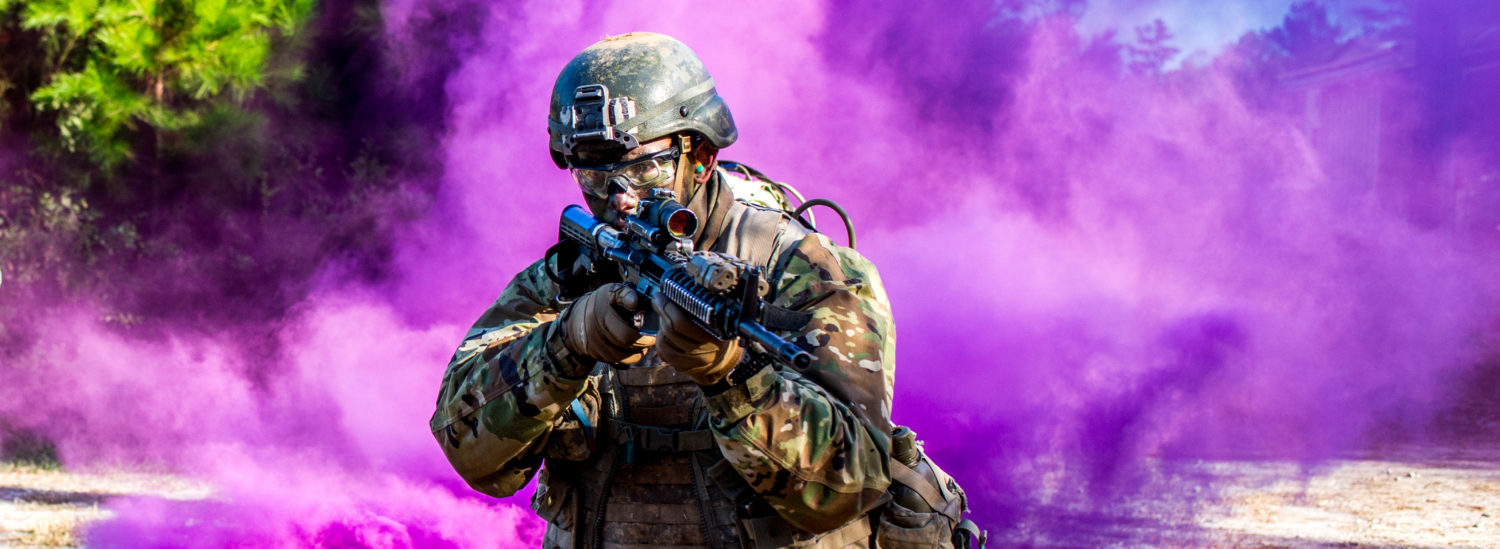The modern-day maneuver company commander juggles many priorities in the execution of their duties. Among these is the management of their small Unmanned Aircraft System (sUAS) program. This includes both the standard Raven or even the bigger, fancier Puma. But these assets are often squandered at the company level. The need to train a proficient crew, employ the system and deconflict air space is too much for company commanders to manage. The management of this program should be at the battalion level. This results in a better managed, utilized and integrated sUAS program, while allowing maneuver company commanders to focus on what is actually important: the fight.

Training a proficient Raven team is more complex than it sounds. Even proficient teams still fly their Raven into a tree trying to recover it. When a Soldier is pulled from the line and given the additional duty of Raven “pilot”, their time, focus and proficiencies are split across both domains, and both suffer. A Soldier assigned to a sUAS section would be able to fully dedicate their time to building the skills to properly operate their system.
Successful employment of a sUAS at the company level is the only justifiable reason to keep it around. The ability to see one terrain feature over is powerful. But a Raven is capable of much more and dedicating it to a single company looking over a hill is pointlessly limiting. A battalion direction collection plan can fully implement and integrate sUAS. A sUAS section would be able to directly support a battalion collection plan as well as supporting a company’s needs simultaneously.

Sky Soldier throws a small unmanned aircraft system (SUAS) Raven. (U.S. Army photo by Spc. Ryan Lucas).
Additionally, putting a Raven, and especially a Puma, into service is not a spur of the moment event. A deliberately and well-planned launch and recovery position can be the difference between barely seeing over the next hill and seeing over the next several kilometers. This distinction is easy to make, but the implementation of it can be difficult for a company commander managing multiple maneuver elements in addition to a sUAS team. However, when controlled by the battalion it can be fully integrated into the battalion’s plan and make the most of the capabilities of a sUAS. For example, a sUAS section can have a close relationship with the fires cell, and remove several links in the call-for-fire chain. This shortens the time between observation and execution of a fires mission.
Another great example of employment is the ability for a battalion sUAS section to conduct advanced tactics with their system. It is possible for one operator to launch a Raven, and another operator take control mid-flight. This means that a sUAS section could task operators down to a company. It would support company collection requirements, while keeping the logistical demands of launching and recovering well behind the front line. Most importantly out of the company commander’s hair.
Of course the implementation of this advanced tactic would increase the complexity of deconflicting airspace. But the complexity would be balanced by keeping all airspace deconfliction for a battalion in the hands of a single person within the sUAS section.
None of this means that company commanders are too lazy or not focused enough to get the most out of their sUAS team. Company commanders just have a lot of competing demands, and removing even one of them would allow them to focus on something more important. Company commanders are some of the hardest worked leaders in the Army. It is an exhausting charge to be legally responsible for everything over a hundred Soldiers do. Between the meetings and paperwork, commanders barely have time to counsel their subordinates. And in combat, they should be able to focus on maneuvering their platoons and making decisions, and not maneuvering a sUAS team.
 Making a battalion sUAS section wouldn’t only benefit company commands though. The battalion gains significant intelligence collection capabilities as well. Generally most battalions only have their organic scouts, and whatever they can get from brigade, to support their collection. Giving a battalion an organic sUAS capability fills this gap. It enables a battalion to operate more autonomously. Consequently, brigade can focus on their own intelligence collection instead of tasking their UAS platoon to support the battalions.
Making a battalion sUAS section wouldn’t only benefit company commands though. The battalion gains significant intelligence collection capabilities as well. Generally most battalions only have their organic scouts, and whatever they can get from brigade, to support their collection. Giving a battalion an organic sUAS capability fills this gap. It enables a battalion to operate more autonomously. Consequently, brigade can focus on their own intelligence collection instead of tasking their UAS platoon to support the battalions.
Lastly, a battalion sUAS program would have the funds and justification to upgrade their systems. They could go from the standard Raven to the far more capable Puma. This increase in capabilities would improve battalion intelligence collection. It would help them better support their companies and synchronize their effects.
You want to greatly improve the efficiency of battalions and companies? Set these conditions and you will get sUAS operators who are truly experts. Give them a Puma-equipped sUAS section that operates from an intentional location in the battalion support zone. Enable them to collect for the battalion and companies anywhere in their operational area. They can do this while barely increasing logistical demands, freeing up commanders to focus on the fight.
Capt. Charles Millican is currently a student at the Military Intelligence Captain’s Career Course (MI-CCC). He has served as a Battalion AS2, Company Executive Officer, Battalion Operations Officer, Medical Officer and Platoon Leader. He has a Bachelor’s Degree in Mandarin Chinese from the University of North Georgia.
